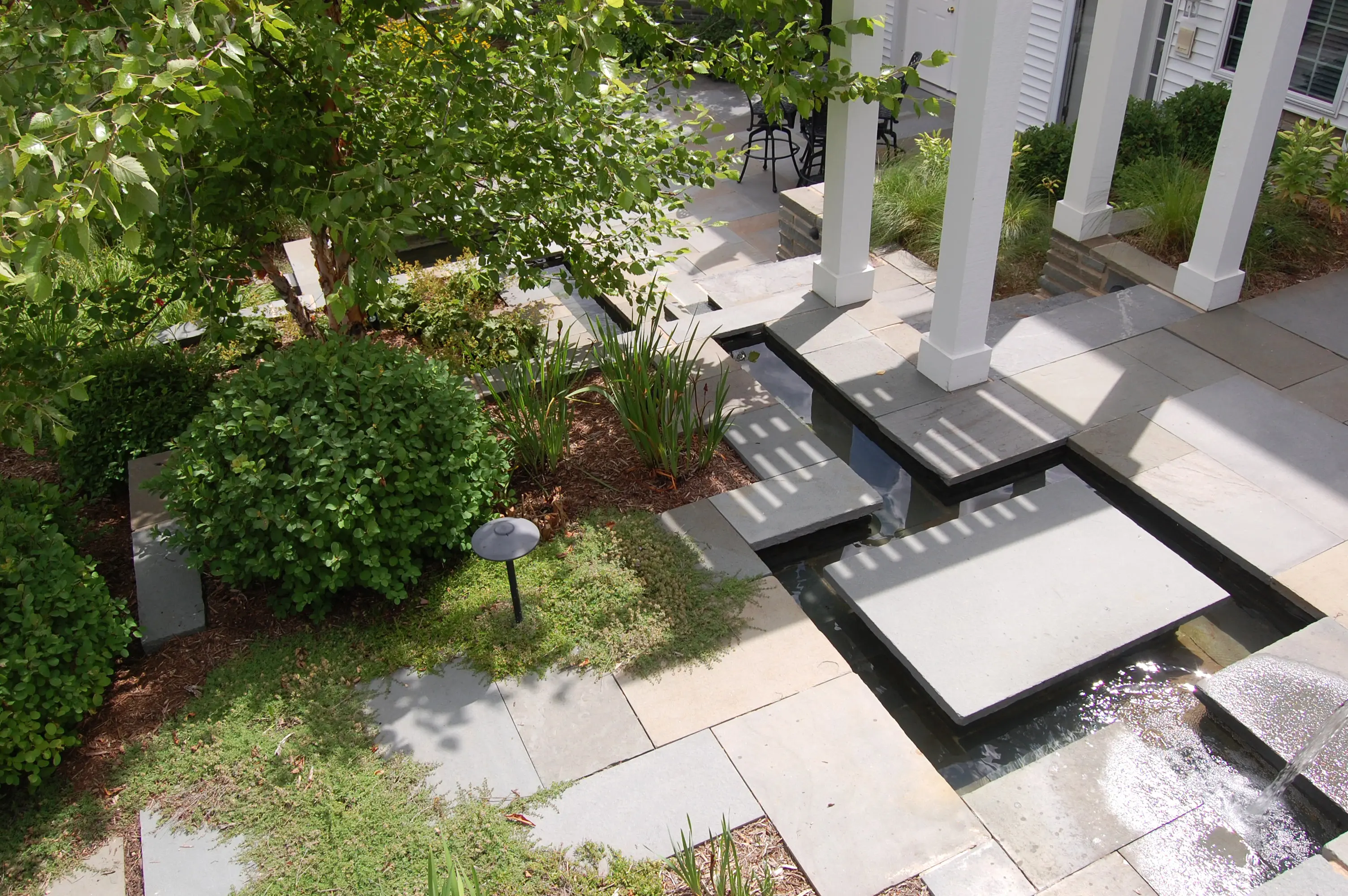
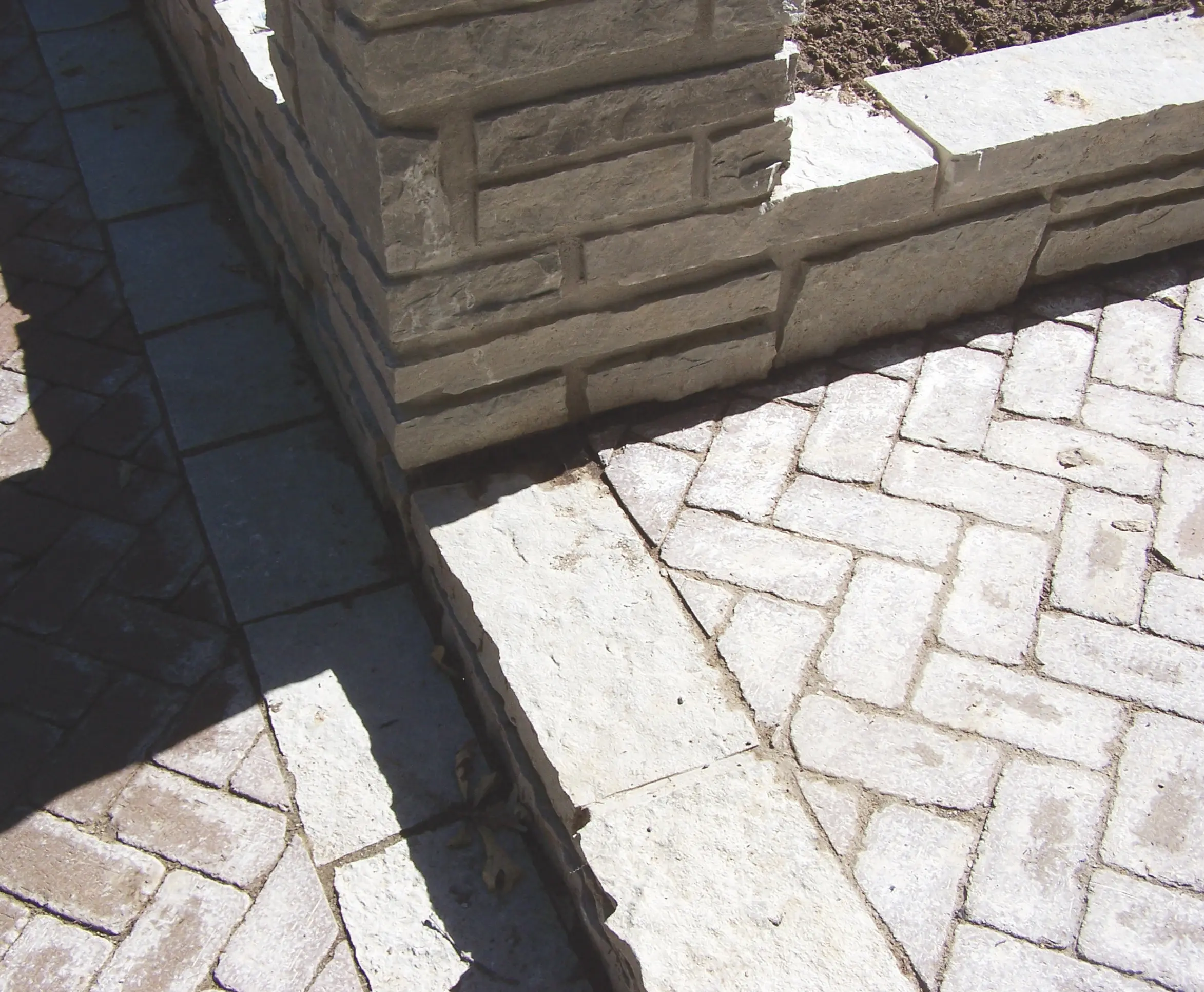
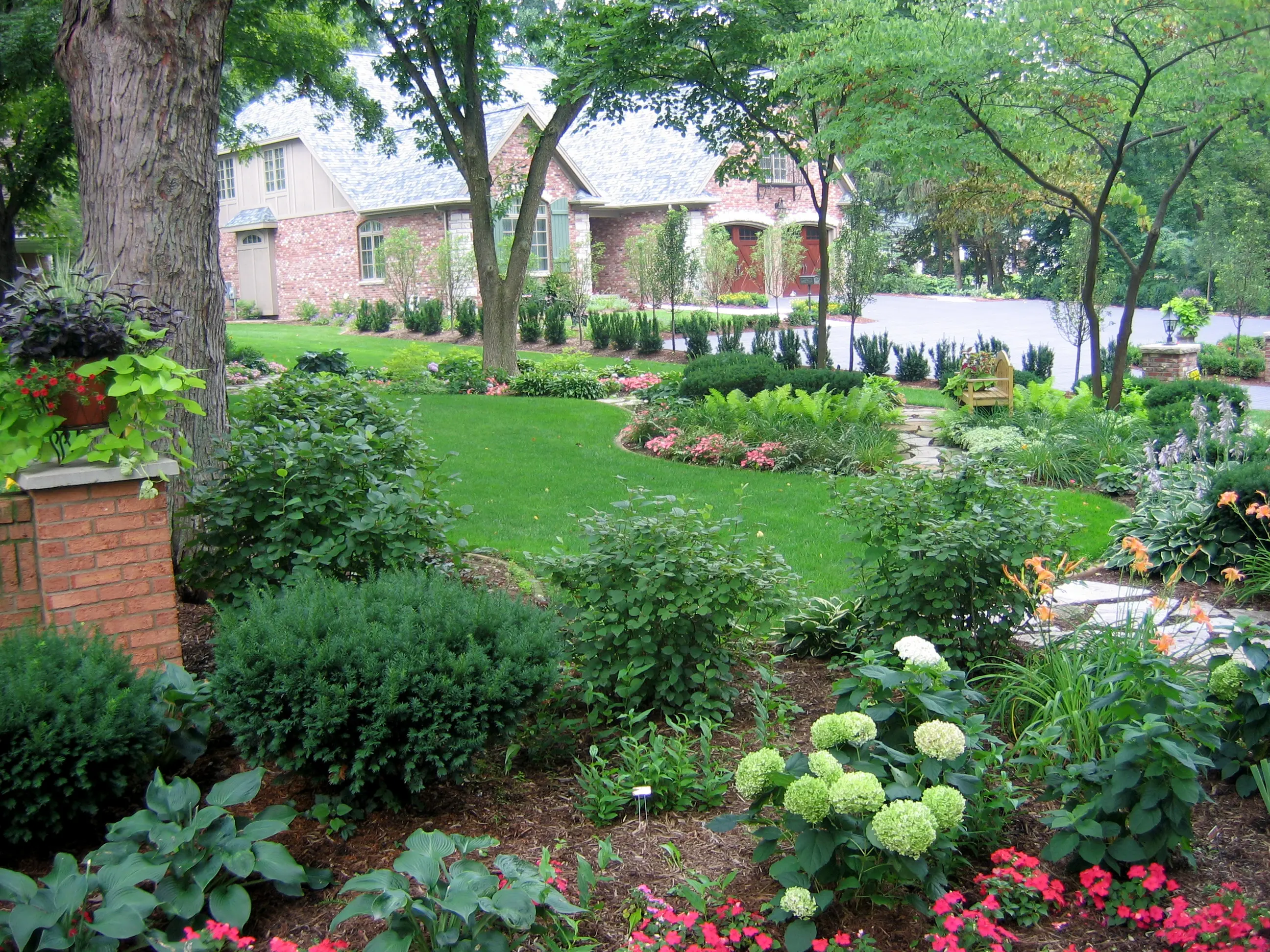
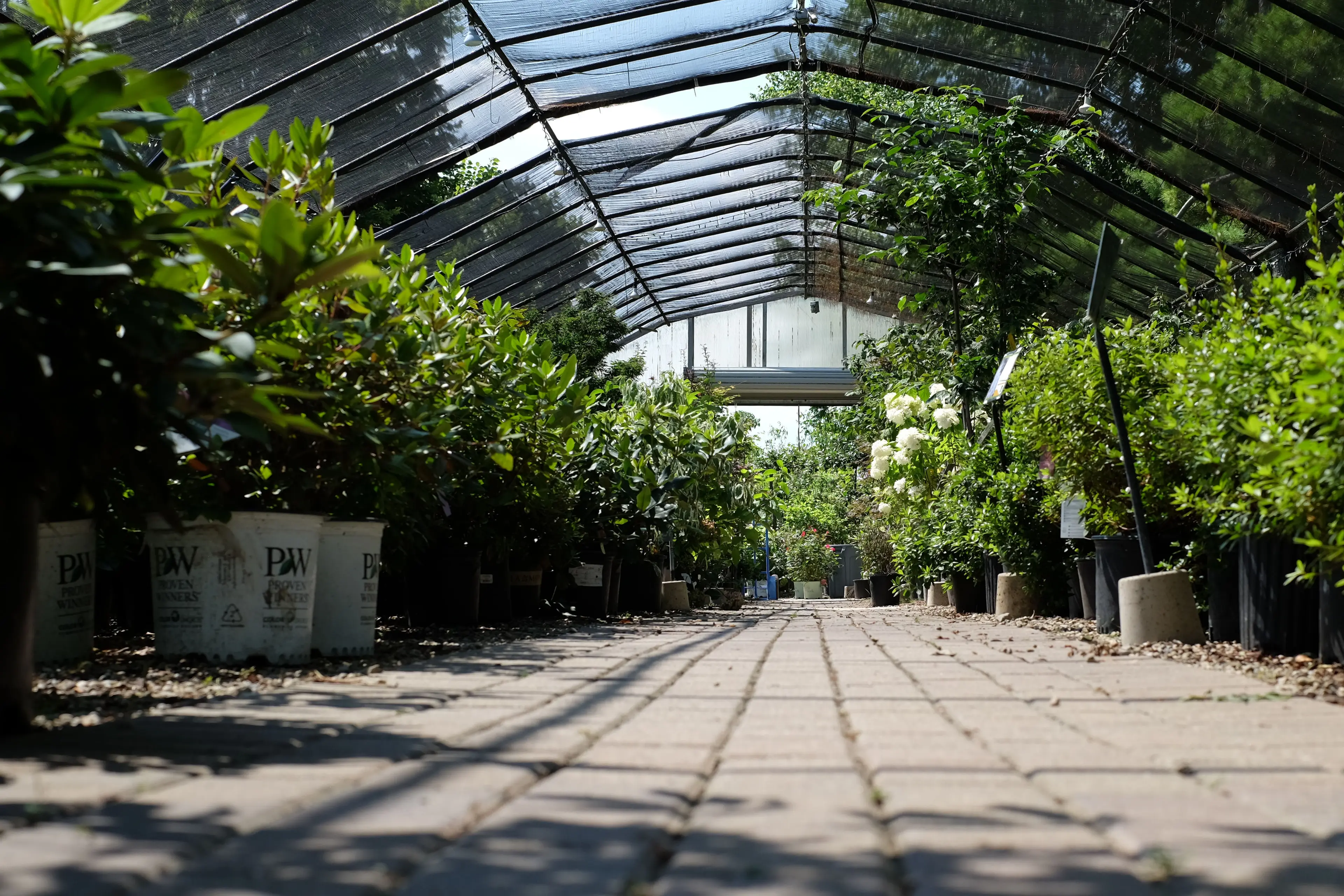
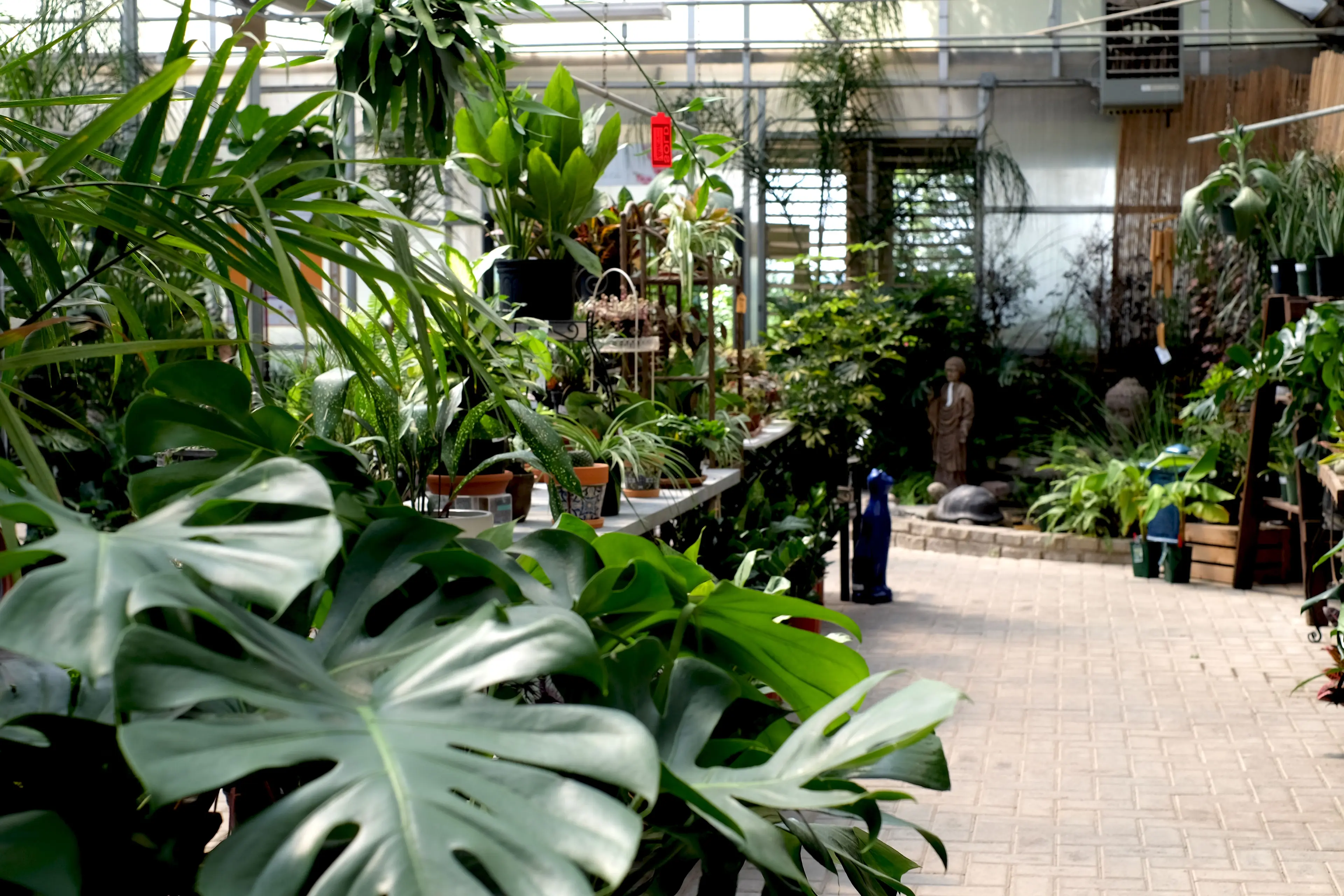
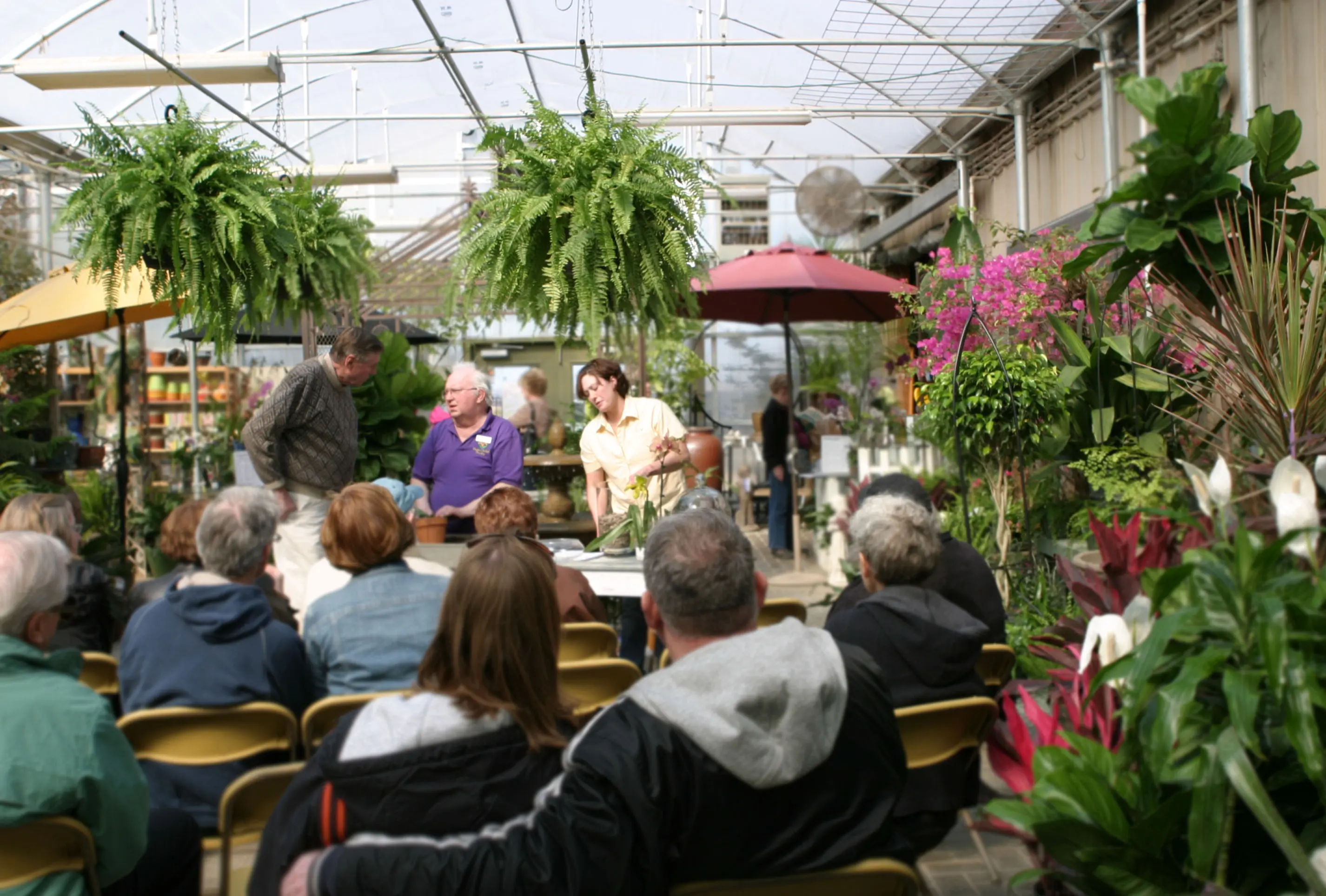
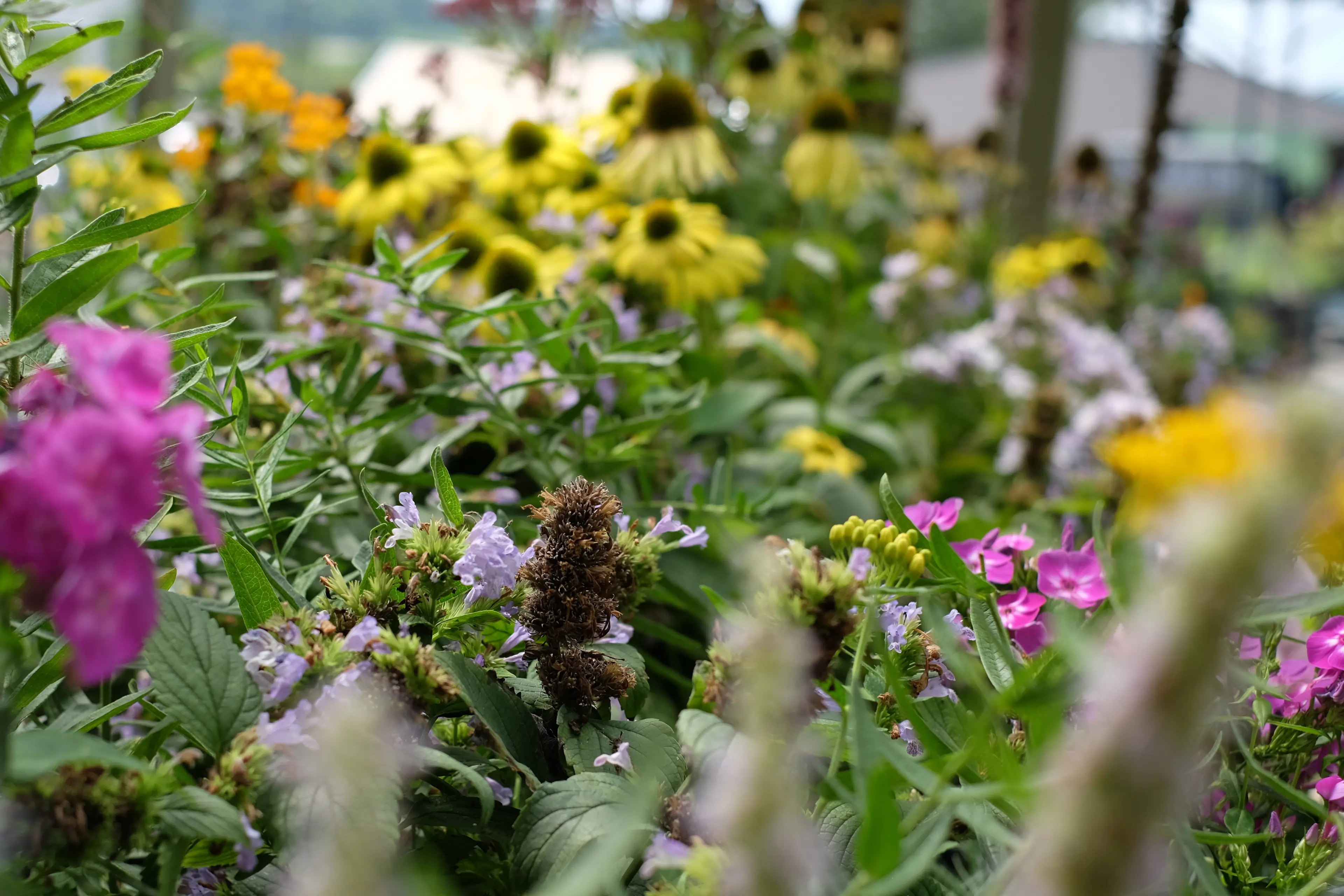

Landscape

The Art of Designing Outdoor Kitchens

As a landscape architect, I have seen, designed, and observed a wide array of outdoor living spaces. One of the most desired elements in modern landscape design that captures homeowners' imagination is the outdoor kitchen.
Over time, I have come to appreciate the uniqueness of outdoor kitchens. They aren't just an extension of the home but have become a central hub for socializing, creating a sense of place, and, of course, savoring delightful culinary creations under the open sky. Here's a deep dive into the art and craft of designing outdoor kitchens from a landscape architect's perspective.
Outdoor Kitchens: The Heart of an Open-Air Home
An outdoor kitchen is much more than just a BBQ grill and a patio. It’s a focal point, a place for family and friends to gather, share meals, and create memories. These spaces have evolved from being mere functional entities to an aesthetic embodiment of the homeowner's lifestyle and preferences.
Outdoor kitchens are about more than cooking. They're about celebrating food, open-air living, and the joy of gathering with loved ones. They encompass grills, pizza ovens, sinks, refrigerators, storage space, dining areas, and sometimes even a bar.
Planning and Designing Outdoor Kitchens: Key Considerations
Location: When designing an outdoor kitchen, one of the first considerations should be its location. Ideally, it should be situated close to the indoor kitchen to facilitate easy access to utilities and simplify the transportation of food and cooking items. However, one should also consider factors such as the direction of the wind, the amount of sun exposure, and the views from the outdoor kitchen as well as the views from inside the house looking out.
Layout and Functionality: The layout should be practical and functional, considering factors like the workflow, space availability, and the type of appliances required. It's also essential to ensure there is ample workspace for prep and serving.
Materials: Outdoor kitchens must withstand the elements, and choosing the right materials is crucial. Stone, stainless steel, and manufactured products are popular choices for their durability and ease of maintenance. Consider the climate and the materials' longevity when making your selection.
Utilities: An outdoor kitchen requires utilities like gas, electricity, and water. Ensure that the chosen location can accommodate these needs, and plan for proper drainage.
Lighting: Outdoor kitchens are often used in the evening, so good lighting is essential. It's not just about visibility; the right lighting can create a warm, inviting ambiance and enhance the overall design.
The Perfect Blend of Aesthetics and Functionality
A great outdoor kitchen isn't only about high-end appliances or grandeur. It's about creating a harmonious blend of aesthetics, function, and comfort. Here are some tips to achieve this balance:
Seamless Integration with the Landscape: The outdoor kitchen should enhance the overall landscape rather than overshadow it. Choose a design and materials that complement the surroundings and create a seamless transition between the indoor and outdoor spaces.
Comfort and Convenience: Make the space comfortable and convenient with adequate seating and shade. Consider adding a pergola or an umbrella for sun protection and incorporating built-in seating or room for movable furniture.
Personal Touch: Each outdoor kitchen should reflect the personality of its homeowners. Whether it's a pizza oven for a pizza lover, a bar for someone who loves to mix cocktails, or a herb garden for someone who loves fresh ingredients, personal touches can make the space more inviting and enjoyable.
The Sustainable Outdoor Kitchen
As landscape architects, we are increasingly focusing on sustainability. In outdoor kitchen design, sustainability can be integrated by:
Choosing Energy-Efficient Appliances: opt for appliances with high energy efficiency ratings to conserve energy and reduce utility bills.
Using Sustainable Materials: Consider using recycled or sustainably sourced materials for the construction of the outdoor kitchen.
Water Conservation: Incorporate water-saving fixtures and consider the possibility of rainwater harvesting for outdoor kitchen use.
Incorporating Edible Landscaping: Surround your outdoor kitchen with edible plants, fruits, and herbs. It's not just sustainable but also convenient and can enhance aesthetics.
The Future of Outdoor Kitchens: Smart and Connected
Just as our indoor kitchens have become smart, we see a similar trend in outdoor kitchens. Wi-Fi-enabled grills and appliances, smart lighting, and even voice-controlled devices are becoming more common. These smart appliances offer convenience, control, and enhanced functionality.
Designing an outdoor kitchen is an art that requires meticulous planning, a deep understanding of the client's needs, and an intuitive sense of design. The goal is to create a space that extends the warmth of the home into the outdoors, a space that invites and captures memories, a space that combines practicality with the magic of outdoor living. As landscape architects, that's the challenge and joy of designing outdoor kitchens. Contact us to start your outdoor kitchen at one of our four locations, Peoria, IL, Bloomington, IL, Champaign, IL, or Springfield, IL.
Tom